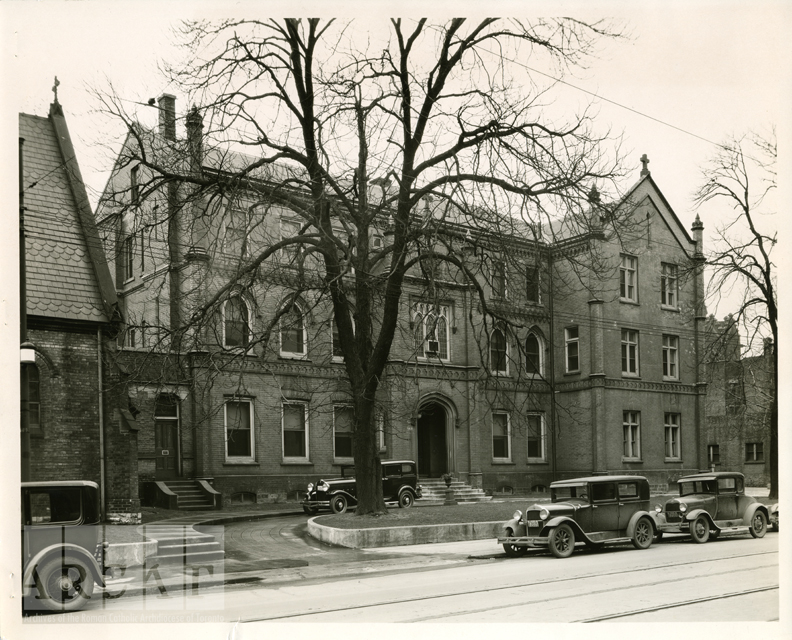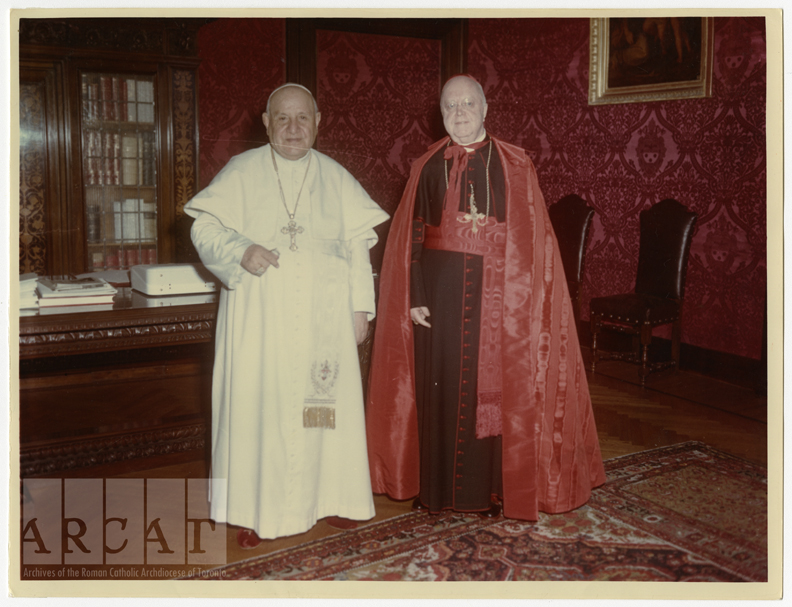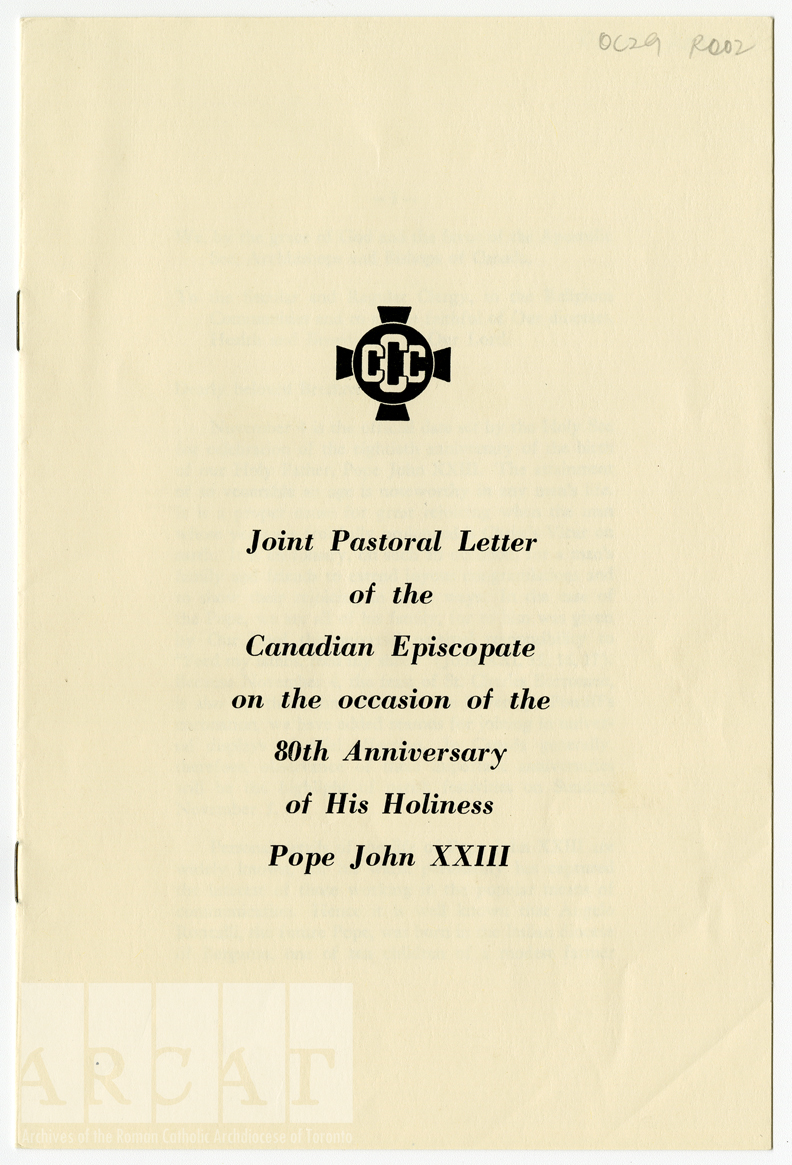The first US patent for a combustion-powered automobile was granted to a patent lawyer named George B. Selden on November 5, 1895. Henry Ford was relatively unknown in the industry at the time; however, in 1903, a lengthy lawsuit began between Ford and Selden. By the end of it, eight years later, Ford emerged victorious and had become a household name.
Every week, the Archives is driven to provide a quality blog post. An exhaustive search was undertaken in order to feature some photographs and documents related to automobiles that are in the collection. We hope you won't tire of seeing these glimpses into history.
The production of automobiles increased dramatically in the 1920s. Cars changed Canadians' way of life, allowing more freedom for leisure and travel than ever before.
 |
People out for a drive in their Model T Ford in Brampton, Ontario
1920
Msgr. Clair fonds |
In this letter, Father Clair is told to take the car but is requested to have some maintenance done on it while he has it.
 |
"Please have the car simonized, the brakes adjusted and springs oiled. Hope I am not putting you to too much trouble."
Letter to Rev. J.M. Clair from Fr. T.J. Manley (?)
[1928]
MN AH17.122
Archbishop McNeil Fonds |
By the end of the 1920s, there were over one million cars in Canada. This photograph shows just a few of them parked outside St. Michael's Cathedral Rectory, Toronto.
 |
Exterior front of the Rectory of St. Michael's Cathedral taken from Church Street.
1932
PH 102/0001/15P
ARCAT Photo Collection |
The Archdiocese of Toronto provided funds towards the purchase and upkeep of a residence and a car for the Apostolic Delegate to Canada and Newfoundland. In September 1938, that title was held by the newly appointed Ildebrando Antoniutti.
 |
Receipt for the Archdiocese of Toronto's contribution to the upkeep of the Apostolic Delegate's car.
September 24, 1938
O DS02.15(N)
Archbishop O'Connor Fonds |
Cardinal McGuigan visited Quebec City in 1946 for the Feast of the Sacred Heart.
 |
Cardinal McGuigan stands in the back of a limousine in Quebec City.
1946
PH 09Q/03P
ARCAT Photo Collection |
Even a Cardinal needs an insurance policy for his vehicle.
 |
An insurance policy card for Cardinal McGuigan's car.
1947
MG AA01.64(a)
James C. Cardinal McGuigan Fonds |
Nuns in cars!
 |
Rev. Christopher J. Bennett's mother, Evelyn Bennett, in a car with two nuns in the back seat.
August 1960
PH 24B/59P
ARCAT Photo Collection |
A post about automobiles would not be complete without the popemobile.
 |
Card. Carter and Pope John Paul II in the popemobile on the motorcade route in Toronto.
September 14, 1984
PH 18P/03CP
ARCAT Photo Collection |
If you know the make, model, and year of any of the automobiles in this post, we'd love to hear from you in the comments.

















